Table of Contents
What Are Anatto Seeds?
Anatto seeds (also known as annatto or achiote) are small red seeds from the Bixa orellana plant, native to Central and South America. For centuries, they've been used globally to add a subtle earthy flavor and vibrant red-orange color to dishes. Unlike strong spices, anatto provides gentle warmth without overpowering other ingredients—making it perfect for enhancing both taste and visual appeal in everyday cooking.

Whether you're making traditional Latin American dishes or experimenting with new recipes, anatto seeds offer a unique combination of color and flavor that few other spices can match. This guide covers everything you need to know to use them effectively in your kitchen.
The Flavor Profile of Anatto Seeds
Anatto seeds deliver a mild, earthy, and slightly nutty taste with subtle peppery notes. They're not spicy like chili peppers but provide a gentle warmth that complements other ingredients without dominating the dish. When ground into paste or oil, the flavor intensifies slightly, making it ideal for sauces, stews, and rice dishes.
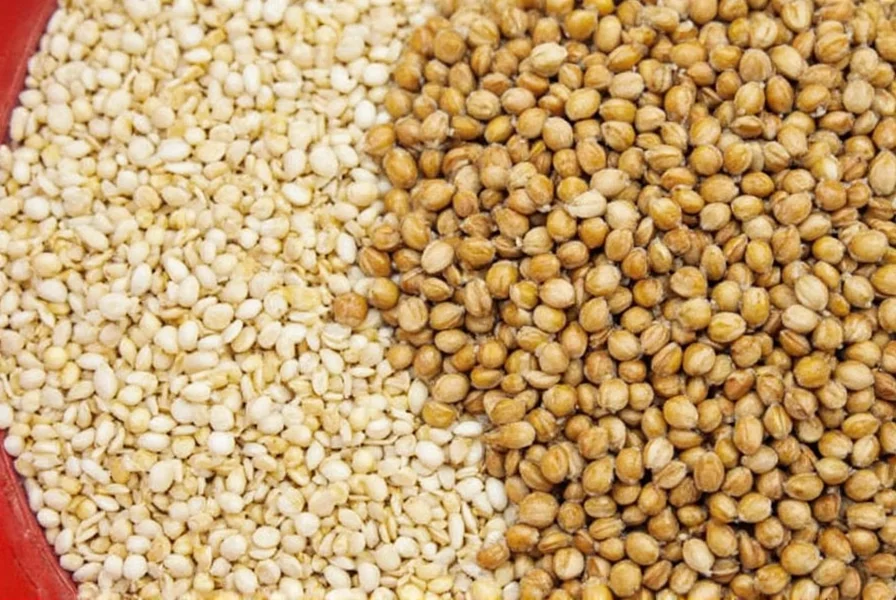
One of anatto's most valuable traits is its ability to add striking color without overwhelming flavor. This makes it perfect for dishes where visual appeal matters, like Mexican chiles en nogada or Brazilian moqueca. For best results, use it as a supporting ingredient that enhances other flavors rather than the main focus.
Practical Uses in the Kitchen
Here's how to use anatto seeds in real-world recipes:
- Traditional Latin American Dishes: Essential in Venezuelan hallacas, Mexican cochinita pibil, and Puerto Rican pasteles for authentic color and flavor.
- Rice and Grains: Add 1/2 teaspoon of ground anatto to rice dishes like arroz con pollo for a vibrant golden-red hue and subtle depth.
- Marinades and Rubs: Mix with cumin, garlic, and lime juice for a flavorful chicken or pork marinade that also creates beautiful color.
- Sauces and Stews: Stir anatto paste into mole or adobo sauces for rich color and earthy notes without added heat.
- Homemade Anatto Oil: Toast 2 tablespoons of seeds, blend with 1 cup olive oil, and strain. Use for drizzling over roasted vegetables or grilled fish.
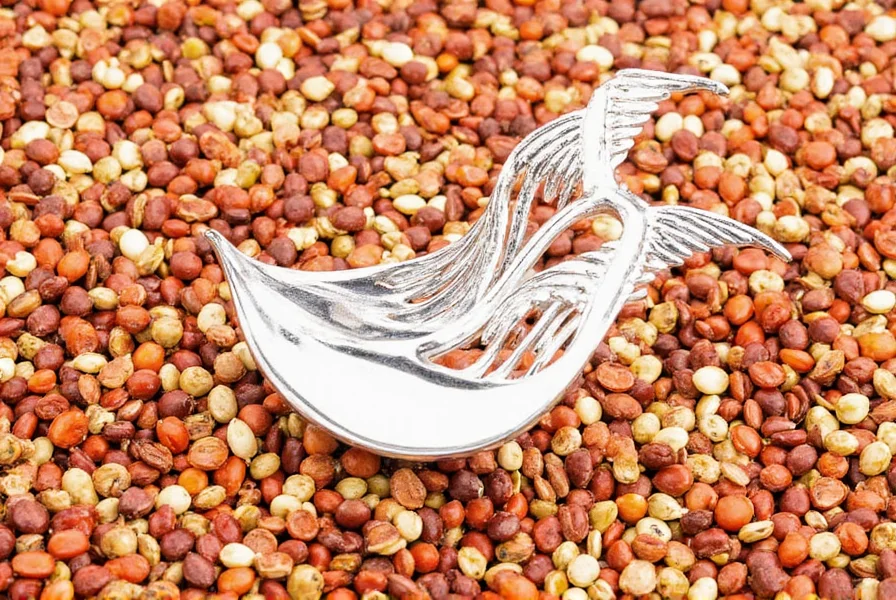
Pro tip: Start with small amounts—1/4 to 1/2 teaspoon per dish—since anatto's color is potent. You can always add more, but it's hard to reduce once added.
| Product Type | Best For | Key Buying Tips | Storage |
|---|---|---|---|
| Whole Seeds | Home cooks making large batches | Look for bright red, firm seeds with no mold or brittleness | Store in airtight container for 2-3 years |
| Anatto Paste | Quick weeknight cooking | Check for minimal ingredients (seeds + oil/water only) | Refrigerate after opening; use within 3 months |
| Anatto Oil | Drizzling over finished dishes | Choose cold-pressed oil with no artificial additives | Store in cool, dark place for up to 6 months |
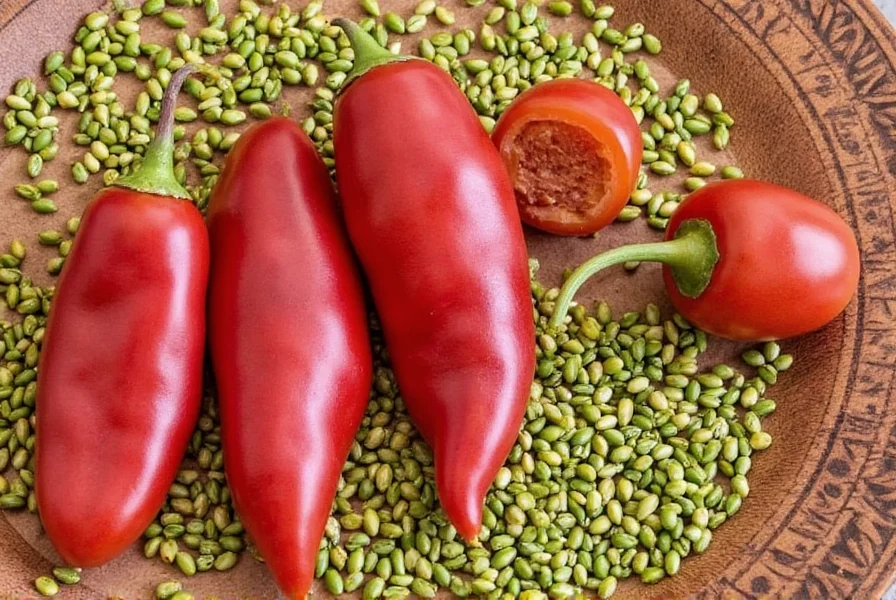
Top 5 Cooking Tips with Anatto Seeds
- Toast Before Grinding: Lightly toast whole seeds in a dry pan for 1-2 minutes to release maximum aroma before grinding.
- Use Sparingly: Start with 1/4 teaspoon per serving—too much can make dishes taste bitter or overly colored.
- Pair with Complementary Spices: Combine with cumin, garlic powder, and smoked paprika for balanced flavor profiles in meat rubs.
- Make Your Own Paste: Blend 2 tablespoons whole seeds with 1/4 cup hot water until smooth. Store in fridge for quick use.
- Color Control: For lighter dishes, use anatto oil instead of paste to avoid overpowering color while still adding subtle flavor.
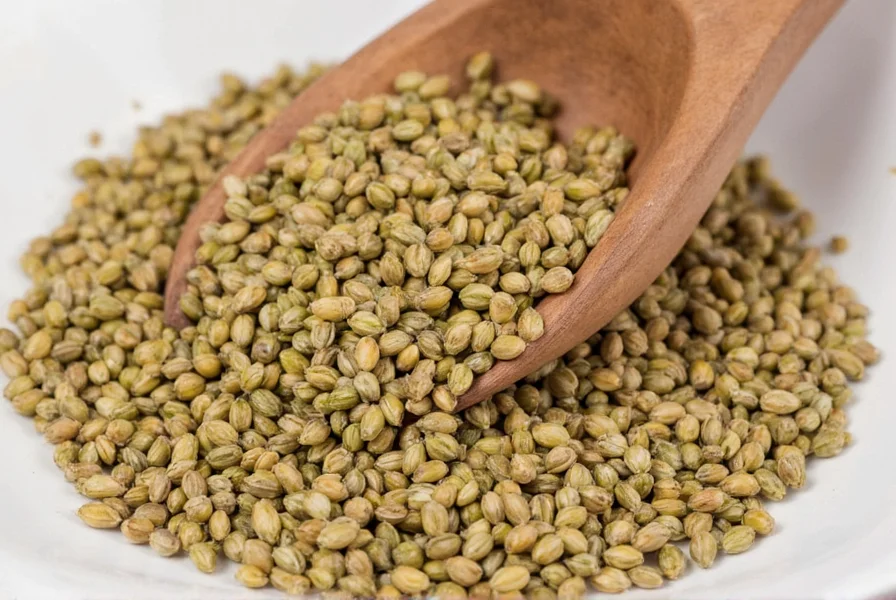
Frequently Asked Questions About Anatto Seeds
What are anatto seeds used for in cooking?
Anatto seeds are primarily used for adding vibrant red-orange color to dishes like rice, stews, and cheeses, while providing a subtle earthy flavor. They're essential in Latin American cuisines for traditional dishes such as cochinita pibil, hallacas, and moqueca.
Can I substitute anatto seeds with something else?
For color only, paprika or turmeric can work in some recipes. For flavor and color, a mix of 1 part paprika + 1/2 part turmeric is the closest substitute. However, no substitute perfectly replicates anatto's unique combination of mild earthiness and vivid coloring.
Are anatto seeds healthy?
Yes, anatto seeds contain antioxidants like bixin and norbixin, which may have anti-inflammatory properties. They're naturally gluten-free and low-calorie. However, since they're used in small quantities, their nutritional impact is minimal—focus on their culinary benefits rather than health claims.
Where can I buy anatto seeds?
Look for whole seeds or paste in Latin American grocery stores, specialty spice shops, or online retailers like Amazon. For fresh products, choose brands with high turnover and clear expiration dates. Avoid products with artificial colors or fillers.
How do anatto seeds differ from paprika?
Paprika is made from ground peppers and has a sweeter, smokier flavor with varying heat levels. Anatto has no heat, provides stronger color with less flavor impact, and is used more for visual appeal than taste. They're often used together in Latin American cooking for balanced color and flavor.
| Spice | Primary Use | Flavor Intensity | Color Range | Best For |
|---|---|---|---|---|
| Anatto Seeds | Color + subtle earthy flavor | Mild (0/10 heat) | Red-orange | Rice dishes, traditional Latin recipes |
| Paprika | Flavor + color | Mild to medium (1-5/10 heat) | Red | Seasoning, rubs, stews |
| Turmeric | Color + earthy flavor | Mild (0/10 heat) | Yellow | Curries, rice, golden milk |
| Chili Powder | Heat + flavor | Medium to high (5-10/10 heat) | Red | Tacos, chili, spicy dishes |
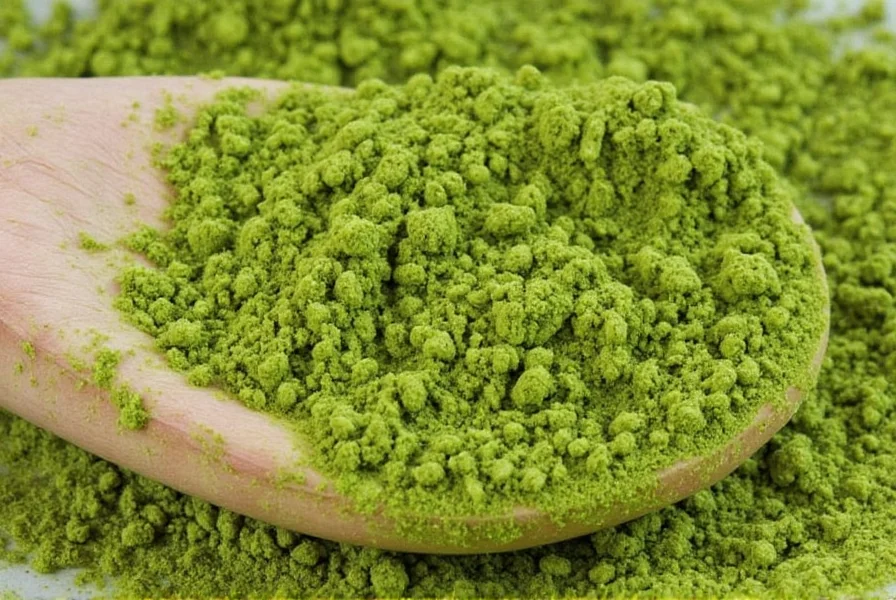
Conclusion
Anatto seeds are a versatile culinary tool that adds both visual appeal and subtle flavor to dishes without overpowering other ingredients. Whether you're making traditional Latin American cuisine or experimenting with new recipes, they're worth keeping in your spice cabinet.
Remember: Start small with quantities, pair with complementary spices, and use them primarily for color enhancement. With these tips, you'll unlock the full potential of anatto seeds in your everyday cooking.
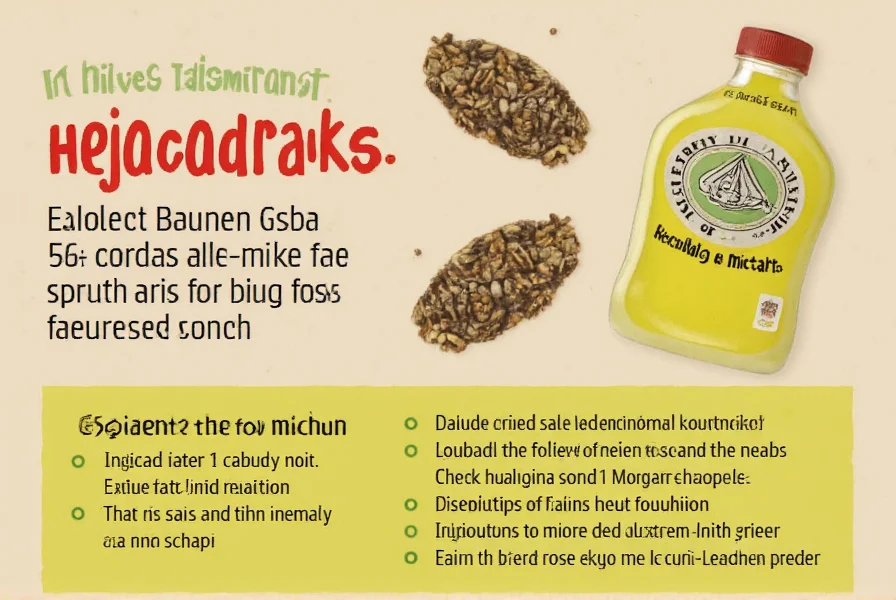

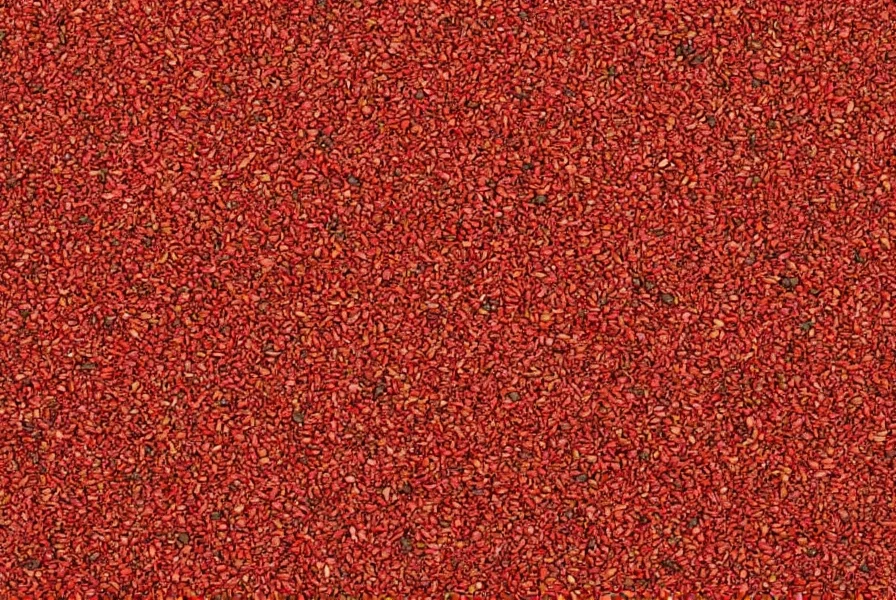









 浙公网安备
33010002000092号
浙公网安备
33010002000092号 浙B2-20120091-4
浙B2-20120091-4